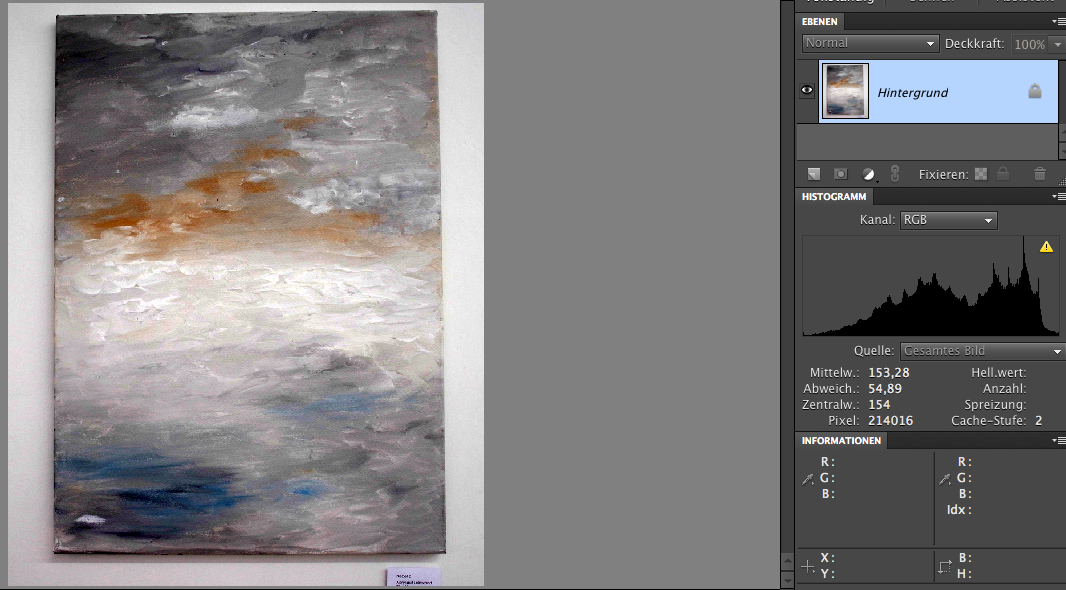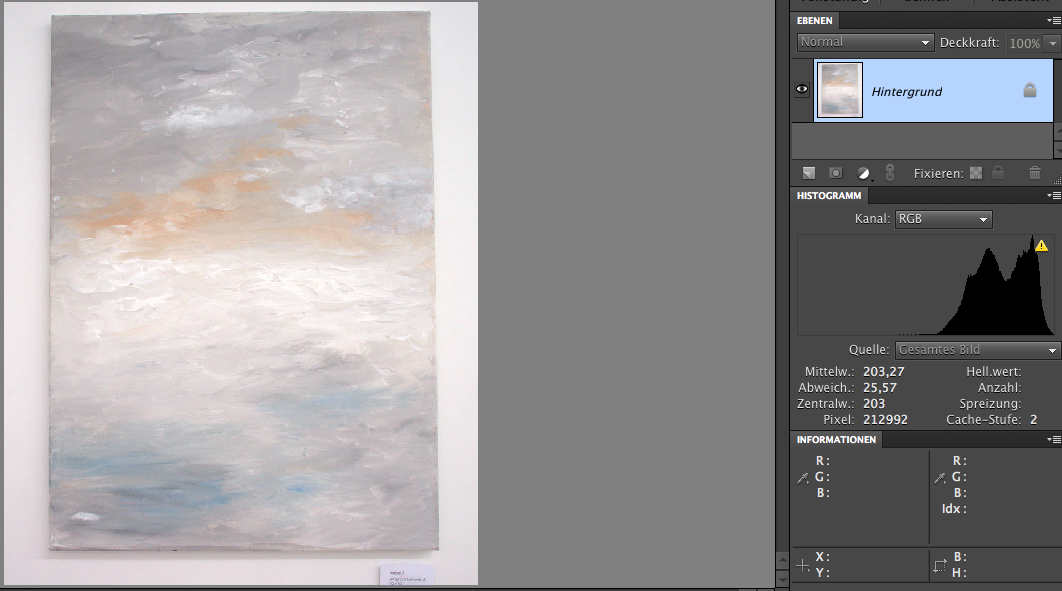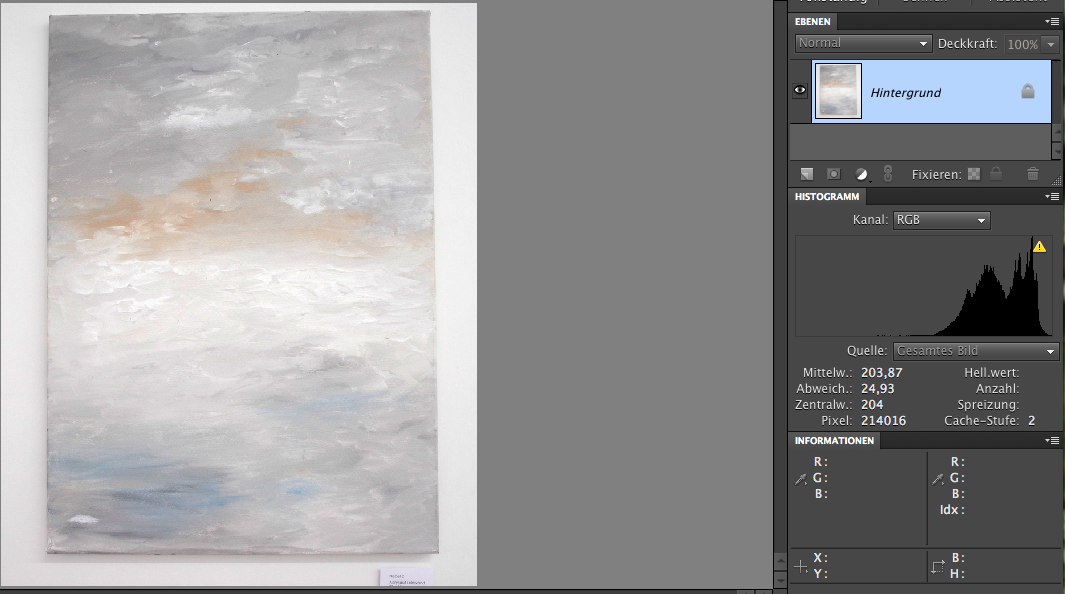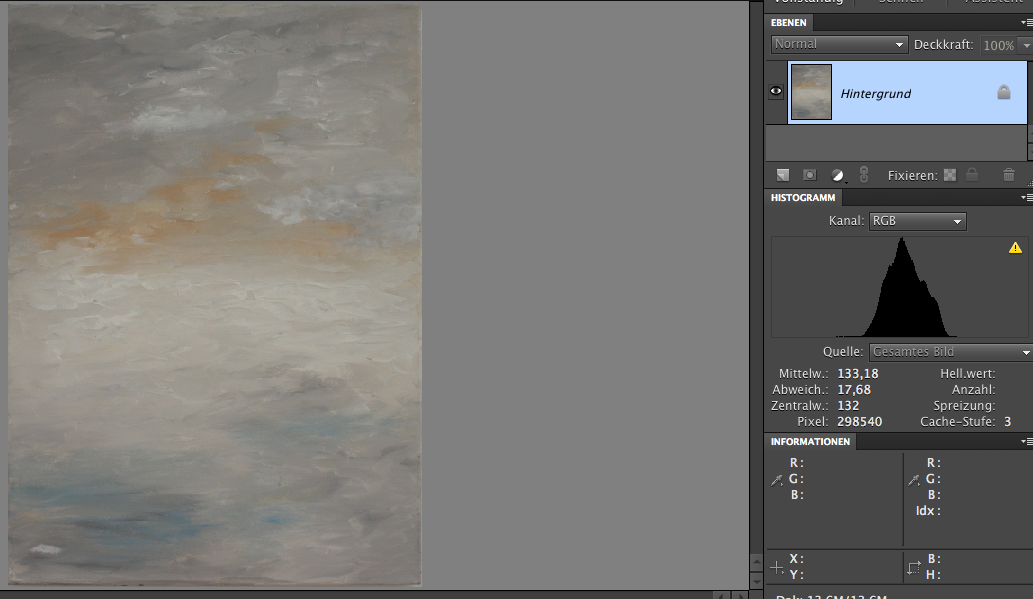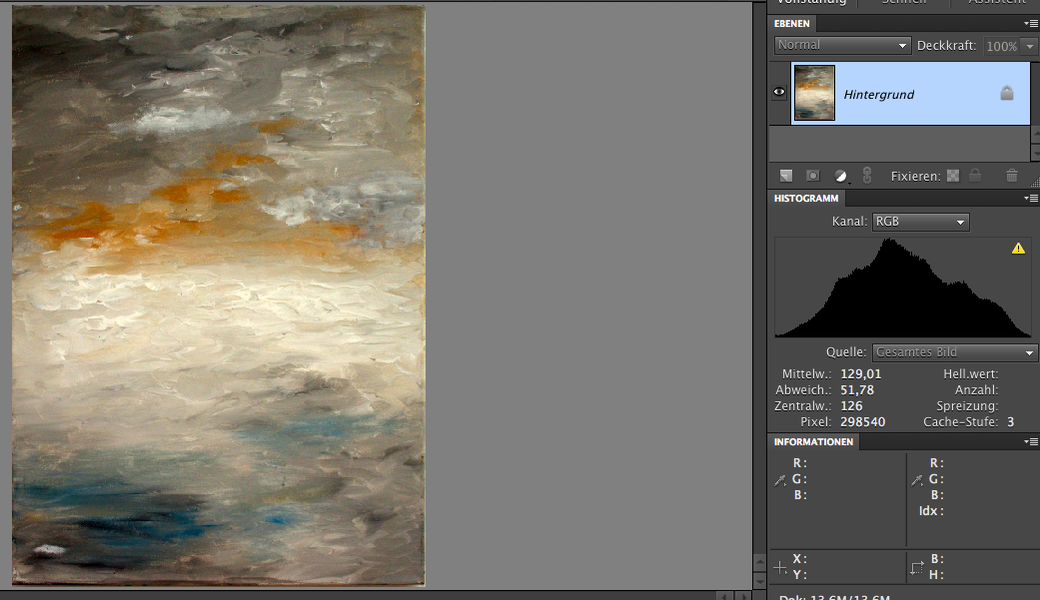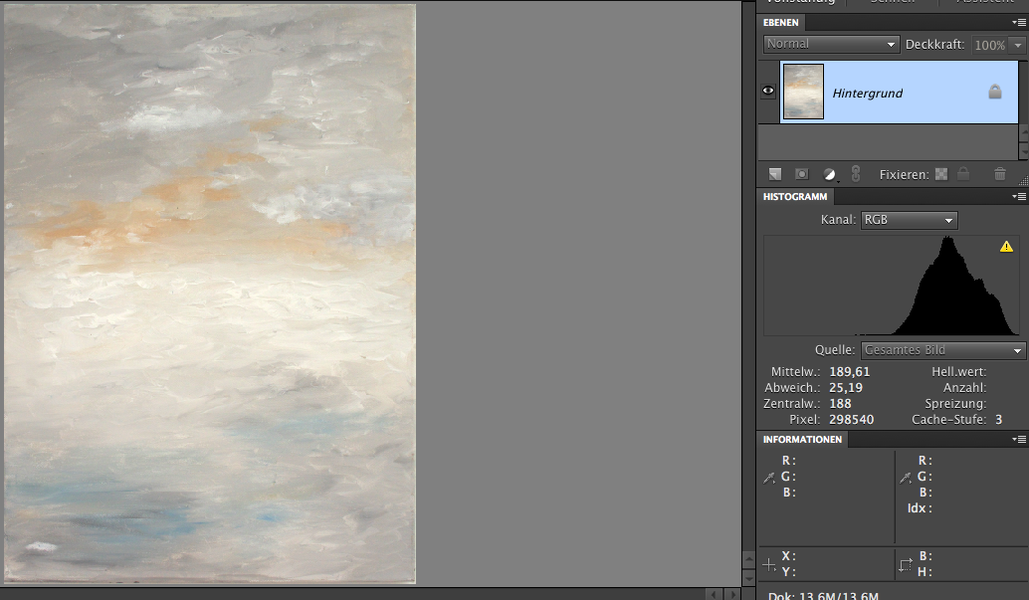Wiener
Active Member
A question for those of you who know more about these things... 
I was asked take record photographs of a friends art exibition. Although the results came out OK working from the RAW images, I came across an unexpected phenomenon with the JPEGS.
In order to try and capture the 'true' colour and contrast I set my GXR up to take RAW plus a 'bracket' series (+/- 0.3) in both Standard and Natural settings.
However, all the JPEGs straight out of the camera were processed to a very low contrast and with dull colours. I attach one set as an example. The RAW's do look a little brighter than my 'eye' remembered them, but would one normaly expect such a difference between the RAW and JPEG files straight from the camera?
The examples posted here are only cropped a little; no contrast, sharpening, or other PP has been carried out on any of the files.
Note; the brighter image of each image is/was the RAW file.
Cheers!
Andy
I was asked take record photographs of a friends art exibition. Although the results came out OK working from the RAW images, I came across an unexpected phenomenon with the JPEGS.
In order to try and capture the 'true' colour and contrast I set my GXR up to take RAW plus a 'bracket' series (+/- 0.3) in both Standard and Natural settings.
However, all the JPEGs straight out of the camera were processed to a very low contrast and with dull colours. I attach one set as an example. The RAW's do look a little brighter than my 'eye' remembered them, but would one normaly expect such a difference between the RAW and JPEG files straight from the camera?
The examples posted here are only cropped a little; no contrast, sharpening, or other PP has been carried out on any of the files.
Note; the brighter image of each image is/was the RAW file.
Cheers!
Andy

